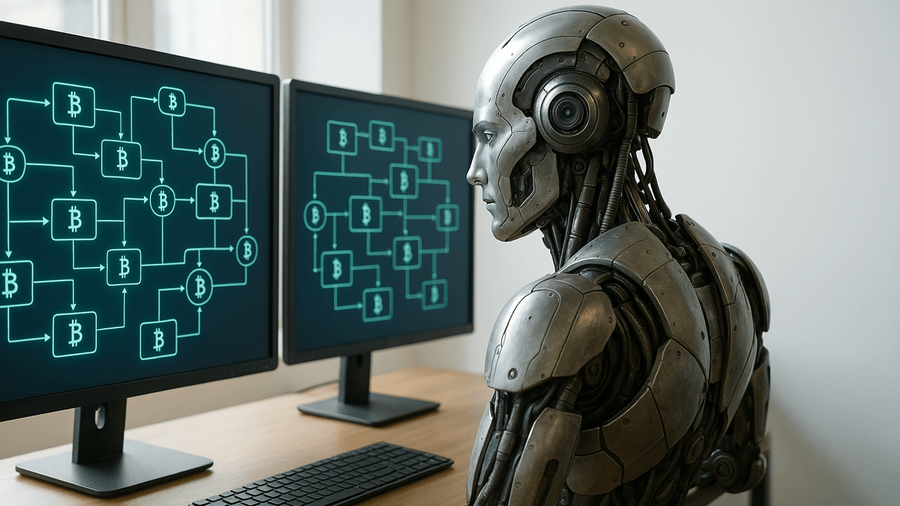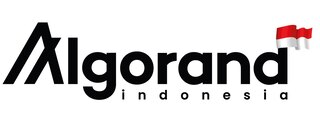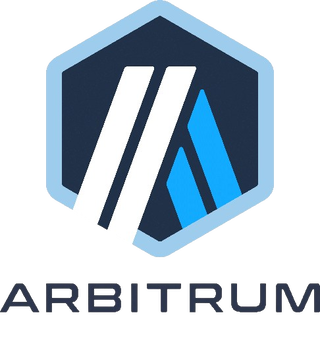
AI and Blockchain Tools: Arkham and Blockchair Make Crypto Data Easier to See
From Forensics to Fast Facts: How AI Is Changing Blockchain Exploration
Artificial intelligence (AI) has already transformed many areas—from creating images and writing text to designing websites. Now, it’s making its way into the world of blockchain, with two major blockchain explorer platforms adding AI features to help users better understand blockchain data.
One of these platforms is Arkham Intelligence. It helps people analyze complex blockchain data from networks like Bitcoin, Ethereum, Binance Smart Chain, Tron, Avalanche, and others. Arkham uses AI to study transactions and identify who is behind different wallet addresses. It connects data from the blockchain (onchain) and from other sources (off-chain) to show what’s really happening.
For example, if a transaction happens on Binance, Arkham’s AI can trace how much cryptocurrency was sent, which addresses were involved, and where the money went next. This helps users—especially blockchain investigators—save time and understand transactions much faster than reading through data manually.
Another tool using AI is Blockchair, a blockchain explorer that supports 48 different blockchains. It features an AI assistant named Cuborg. When users look at a transaction, Cuborg can answer questions like, “What happened here?” For instance, if an old Bitcoin address suddenly moves coins after years of being inactive, Cuborg can explain when, how much, and why it matters.
These AI-powered tools make it much easier for anyone to explore blockchains. Instead of needing deep technical skills, users can now ask simple questions and get clear answers in seconds. This could lead to greater transparency in the crypto world and might even help more people get involved in the space.
However, there’s a downside. While these tools help good actors understand the system, they can also help bad actors find ways to hide their actions. As tracking becomes more accurate, some people may turn to privacy-focused coins, mixers, or new technologies to stay anonymous.
In the end, while AI brings powerful new tools to blockchain analysis, it also raises new questions about privacy and transparency. Finding the right balance will be key as this technology continues to evolve.














































